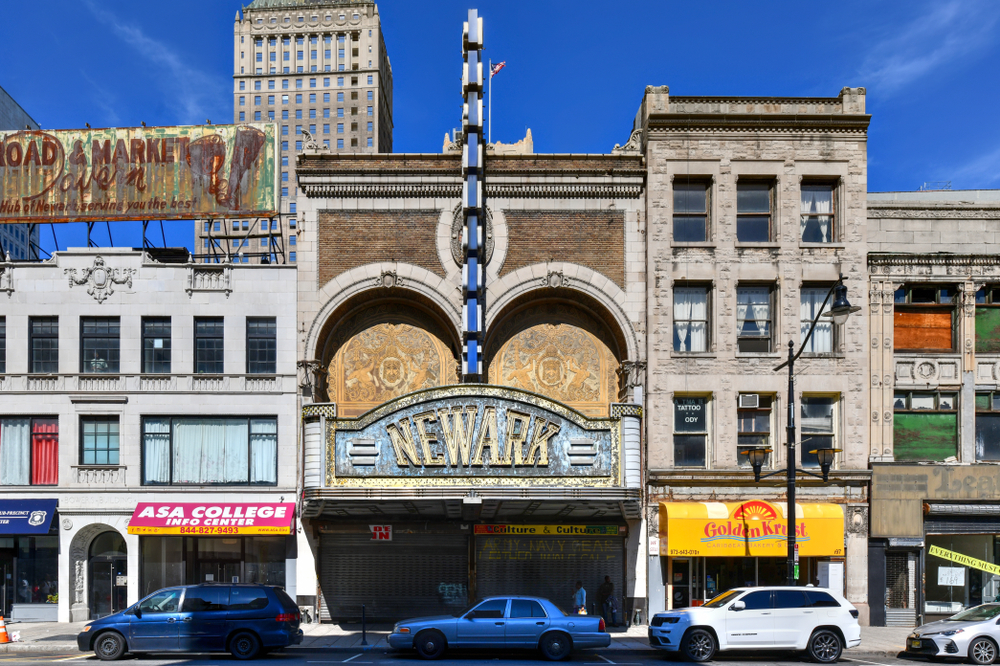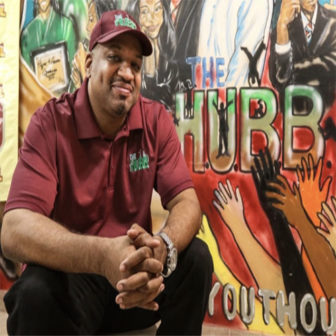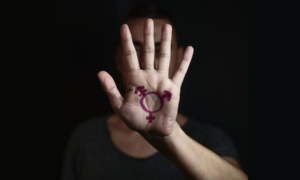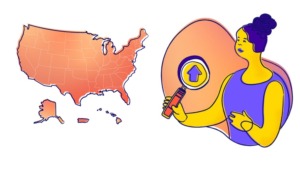
Felix Lipov/Shutterstock
.
On a sunny afternoon in 2006, I was driving my four sons to a cookout in Newark, N.J., my hometown.
We had stopped at an intersection when a group of teenagers spilled into the street behind us. They were beating another young man, and it wasn’t a game. My sons started yelling, asking what was happening.
I sped away, screaming at my sons to sit down and keep quiet. My heartbeat was racing and I was sweating.

Al-Tariq Best
Later, after we had all calmed down, my oldest, Dante, had a question for me. And I’ll never forget his words: “Dad, you always talk about being part of the solution, not part of the problem. What are you doing about it?”
Back then, violence was rampant throughout Newark. I had warned my sons repeatedly about the dangers of the streets. All along, I had been talking about a problem, but not the fix.
It wasn’t easy taking in Dante’s question. He basically called me a hypocrite, and I couldn’t deny it. I was still trying to make it in the music business at the time, but for what? I needed to give my son a real answer.
Soon enough, I began building that answer. I started what became FP (Future Potential) YouthOutCry Foundation, Inc., now doing business as The HUBB (Help Us Become Better). Today The HUBB became a community empowerment center in the middle of the Newark neighborhood I still believe needs it most. I wanted to create a place for Newark’s boys, girls and their families to learn, feel good about themselves and get helped through the arts.
The HUBB did solid work for 10 years, but we were missing something that I couldn’t put my finger on. Then I went through Trauma to Trust.
Equal Justice USA, a national nonprofit, developed Trauma to Trust as a program that would bring community members into the same room as their local police. The primary goal is for people to be able to talk about the trauma they have suffered at the hands of police, but the sharing goes both ways. Officers get to share the trauma and stress they have felt on the job. The transparency is supposed to create mutual understanding.
I had my doubts as I approached the training in 2016. But I tapped into something I didn’t expect. Facing more than a dozen police, I told the story of getting pulled over when I was 17, on my way to a recording studio with a friend.
Two Newark police officers tore my car apart looking for — I assume — drugs. There was nothing to find, but I was angry. So angry they could see it. One officer reacted.
I felt the barrel of his gun against my head. A tear fell down my face. The officer said, “Let’s see how tough you are.”
All I could think was, “Is this the end?”
They were supposed to protect and serve, and I hadn’t done anything wrong. But here I was being treated like a criminal.
Trauma doesn’t go away
For the next 20-some years, that anger burned in me. It made me aggressive. It stressed me out. It triggered me … to step on that gas pedal, scream at my kids and get as far away from that street fight as I could.
This is trauma — a type of toxic stress that happens when we experience intense fear, violence or loss. And it doesn’t just disappear.
Nothing changed until I was in that room with the police and I spoke my truth. I couldn’t believe what happened — one officer looked me in the eye and apologized for what they had done.
Soon enough, I recognized what was missing from The HUBB. We needed to put a deeper focus on the trauma that nearly every one of those boys and girls brings to our community empowerment center. Because trauma is everywhere in Newark. And it largely goes untreated. In a bold attempt to be the change I wanted to see, we repurposed the community empowerment center into what is now known as The HUBB Arts and Trauma Center.
There are many things that can inflict trauma on a young person: racism, chronic poverty, the breakdown of families, mass incarceration, drug epidemics. Newark experiences all of it.
I want to take a hard look at violence, though. Newark has been a violent city for decades, even though it’s followed downward national trends in recent years. Young people, overall, are more likely to experience violence — as a victim, as one who causes harm or just experiencing it through family members or friends. And if you’re black or brown, the experience rate climbs higher, especially around gun violence.
Today, scientists and experts are looking at violence and trauma like it’s a public health problem. That makes sense in many ways. For example, a study has shown that violence is contagious among youth. If a teenager is hurt badly, they are 183% more likely to act violently themselves.
Why does this happen? The brain isn’t mature until young people are well into their 20s. So those experiences that cause trauma have a powerful, lasting impact, often leading to extreme, impulsive behaviors, because the brain is so impressionable. And because those brains are developing, they are very receptive to treatment — just like a disease.
But we have to want to heal them. We have to recognize that these kids — especially black and brown kids — aren’t bad people. So many have lived through racism, poverty, violence and more, and it affects their brains.
Our track record of helping victims of violence is pretty poor. According to the Bureau of Justice Statistics, about 11% of victims of violence receive support from a victim-service agency. That means that millions of people are carrying the weight of trauma on their own.
All of this drives our work at The HUBB to heal trauma.
Recovery center opening
An 18-year-old woman I’ll call Kelly, to protect her privacy, came to The HUBB about two years ago to take part in an arts therapy program, which we believe is a judgment-free zone of love. In one part of the program, we address sexual assault, and this was her moment of trauma recognition. She developed a greater understanding of the abuse she had suffered during seven years inside the foster care system. That recognition helped her see that the trauma, and all the ways that it had affected her brain and her behavior, wasn’t her fault.
From then on, everything changed for Kelly. She sought out the other healing services she needed while diving into our programming. She learned how to be a recording engineer and a mentor to younger people. Today, she’s a key member of our team and succeeding in higher education.
Still, I knew we could do more. I was able to start my own healing journey decades after the fact. Now, we have the opportunity to do so.
In March, we will open the door to The HUBB HELP (Healing and Empowering Life Purpose) Trauma Recovery Center. This will be the first youth trauma recovery center on the East Coast. I learned about the model when I went to California to meet with the Alliance for Safety and Justice, and I decided I had to bring it back to Newark.
You heal trauma by making young people feel safe and by reassuring them that it’s not their fault, that they’re not alone and that the hurt they feel can heal. The HUBB HELP TRC will offer counseling from accredited counselors and therapists; peer support groups; referrals to community supports, including health referrals; assistance with applications for federal victim compensation, and much more.
Healing for these kids and their families is part of a bigger issue too. You don’t need to think too hard about what that cycle of trauma and violence is going to produce: incarceration. So making sure these young people can heal from the trauma they carry and the violence they’ve experienced is going to lead to fewer of them going to prison. In other words, healing is an essential part of justice.
I want this to be the first of many trauma recovery centers … in Newark, in New Jersey, across the nation. That’s how big this problem is. But we can heal trauma, because it’s just like a disease. And when we do we’re going to reduce violence. All we have to do is want it.
Born and raised in the city of Newark, Al-Tariq Best would discover his “calling” to become a voice and change agent for today’s youth and their families through his work as a community leader, activist, motivational speaker and mentor. As a “Broken Crayon That Still Colors” Mr. Best, through his own healing process, began to assist others to heal as well.





























